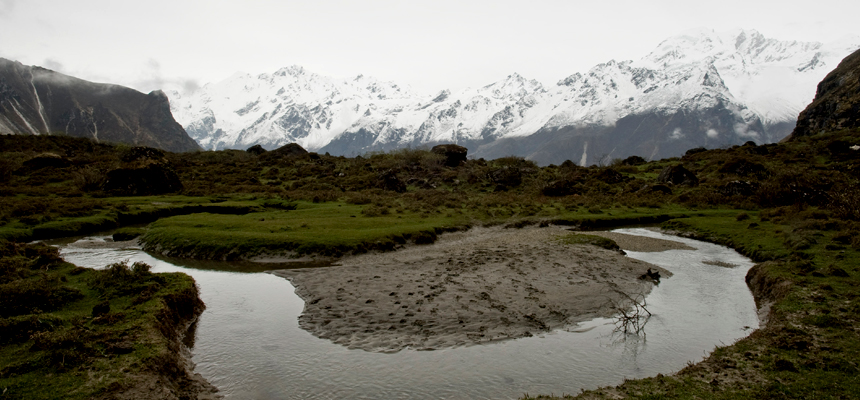It was established in 1976 to conserve the unique flora and fauna of the region. It is the nearest national park of the capital Kathmandu in the Central Himalayan Region about 32 Km (20 miles) north of Kathmandu. The 1710 sq. km. of the park extends over parts of Nuwakot, Rasuwa, and Sindhupalchok districts in the southern mountainous terrain of the Nepal-China (Tibet) border. In 1998 an areas of 420 sq km in and around the park declare as a buffer zone. The park represents a meeting point between indo-Malayan and Palearctic realms, and holds a rich biodiversity.
Buffer zone management is a joint venture between the park office and the local communities. Local communities have a decision-making role in the management of such areas. Additionally, the local communities or the buffer zone receive 30 to 50 % of the park revenue for the better management of natural resources to ensure a sustainable supply of resources and community development. This park consists of the beautiful Langtang Valley, and several high altitude glacial lakes. One of the famous lakes is Gosainkunda, which is a sacred lake for Hindu pilgrims. People from the plains come every year to bathe in this icy cold lake in August. This park also includes more than 40 villages.


Comments